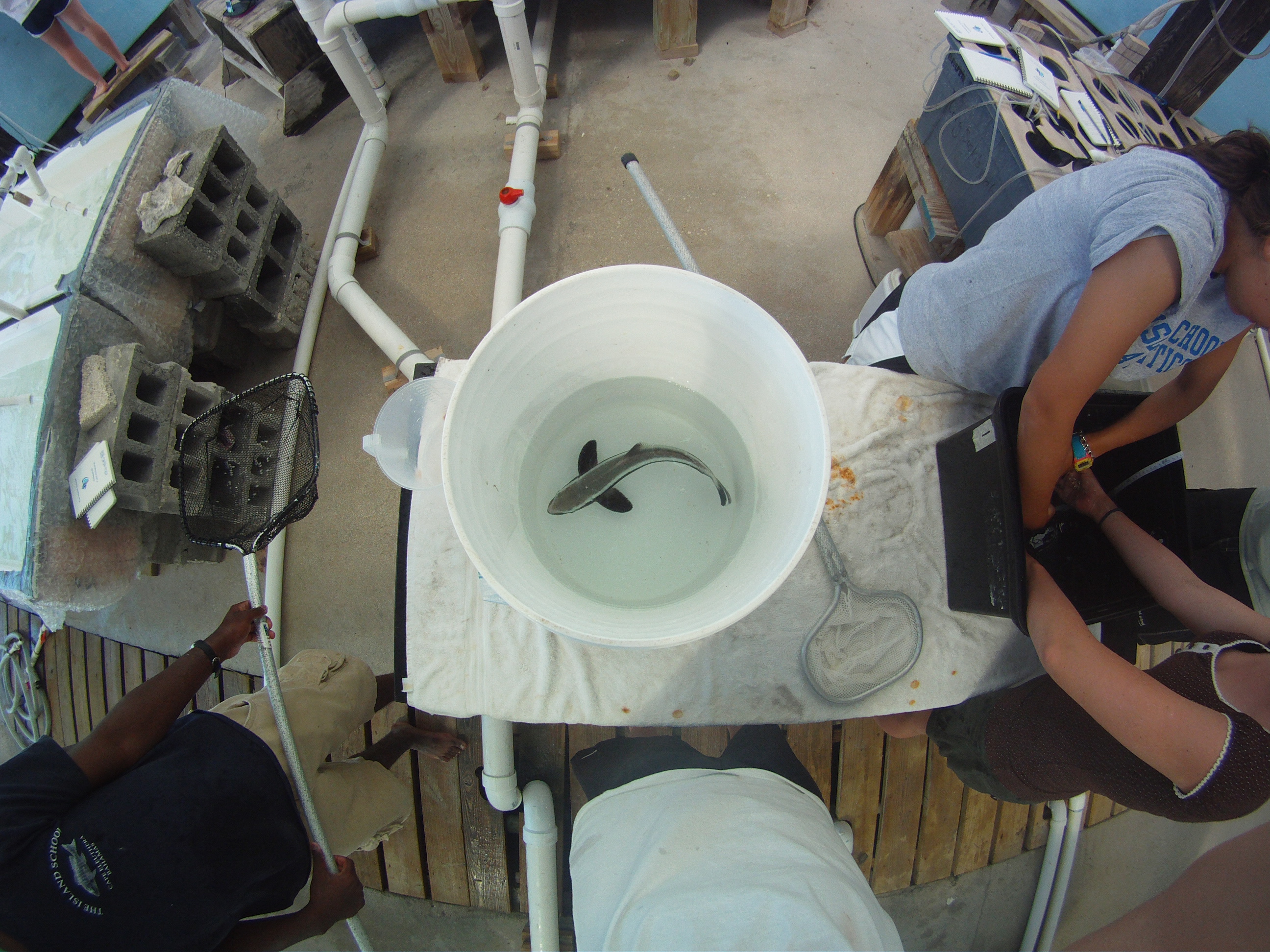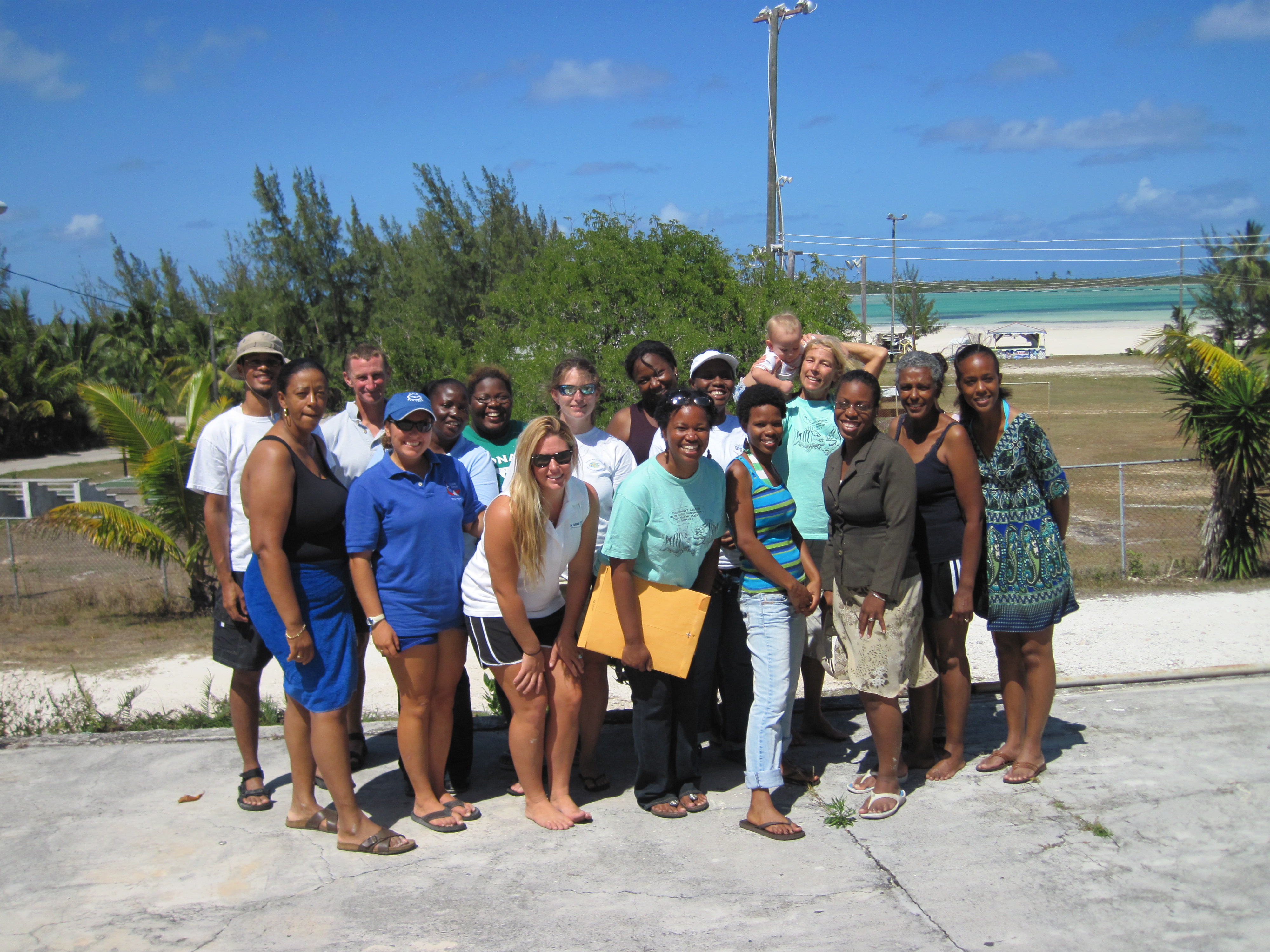The Spring 2011 Aquaponics Research Crew spends our days watching lettuce grow. When we’re not bent over lettuce beds, measuring plant height and counting lettuce leaves (last week we estimate that we counted at least 2,500 leaves!) we like to relax and rap about the glamor filled life of an aquaponics researcher.
Yearly Archives: 2011
Cacique Update April 26, 2011
By Caciques Hannah T and Mario
Due to the recent arrival of the K1 kayak group, today was hectic as it was filled with a tornado of emotions. Excitement, relief, confusion, and anticipation encompassed the campus. Students shared stories of kayak, the recent Rock Sound homecoming, and the laborious academic week that they had just endured. Everyone was excited to be reunited with each other; however, this reunion did not last long. Continue reading
A fish filled poem…
By: the aquaculture research class; Aldis, Emma, Izza, Marco, Bronte and Elizabeth
This semester’s research is focusing on lowering the percentage of fishmeal that is included in aquaculture fish food. This is a poem describing what we do each week with the aquaculture research class. Continue reading
Cacique Update April 25, 2011
Cacique Update April 24, 2011
by Caciques Caroline V. and Lindsey
Today, we went to Princess Keys and experienced our first taste of returning home to an environment that is not as aware or concerned with sustainability as The Island School is. As we stood in the heat listening to our tour guide, many of us were shocked by what we heard. Because of all we’ve learned here, we were interested to know if they were environmentally friendly. It turns out that our tour guide didn’t even know half the answers to the questions we were asking her. A lot of us starting thinking about returning home and what it was going to be like and how we could help to make a difference. But we didn’t have too much time to ponder about home because of our upcoming 8-day kayak andDownIslandadventures that were soon to come. Feeling intense anticipation, we are all very excited about our trips and can’t wait to embark on our upcoming journeys.
Cacique Update April 23, 2011
by Caciques Alec and Annie
We started out the day with a competitive fun loving game of capture the flag in the inner loop. This unique morning exercise set the attitude for the rest of the day. We had an extraordinary math class that involved going to Schooner Cays, a thirty minute boat ride from The Island School, and taking sextant readings to improve on our celestial navigation skills. Once we got back we headed straight off to the Rock Sound Homecoming, where we made our Human Ecology presentations. When we got class out of the way we were able to experience the true Bahamian homecoming at its fullest. There were vendors with many Bahamian delicacies, including conch fritters and guava duff. Once the sun had set and the party began, we danced the buckles off our shoes with local residents. All this activity left us with full stomachs and aching feet, which lead to a great night’s sleep.
BREEF Hosts Teacher Workshop
Experiential education is catching on here in Eleuthera. Last week BREEF (Bahamas Reef Environment Educational Foundation) held a teachers workshop in Savannah Sound. Local teachers came from far and wide to take part in the one day coral reef training workshop. Educators gained a plethora of lesson plans to connect students to the coral reefs in their surrounding environments. Those attending the workshop participated in a number of skills based learning techniques such as, games, reef mapping and a field trip. Continue reading
The Island School Wins Three-Minute Shower Challenge!
We are proud to announce that we have won the Three-Minute Shower Challenge put forth by The Body Shop and HerCampus.com! Thank you to all that watched our video. We’re confident Island School-style navy showers will continue to spread across the globe!
Lionfish dissection day
[slideshow]
Recently in patch reef we learned about the internal and external anatomy of red lionfish. We had an example lionfish dissected for us and we learned about how the different organs work inside the lionfish and their function. It was a good lesson in fish anatomy. We studied lionfish because they are an invasive species in The Bahamas, so catching lionfish increases survival of native fish. Afterwards, we went to our patch reef research sites in Rock Sound and recorded the fish species and abundance of fish we observed. In the field, we observe one patch reef at a time. In order to minimize double counts of a single fish, we observe the reef in an “S” pattern over the top and then explore underneath the reef. However, there is no full-proof way to not have any double counts. The best we can do is decrease the possibility of counting an individual twice. Some responsibilities we have on the water include boat chores. These tasks can range from preparing the engine to dropping the anchor. After our surveys, we returned to school to input the data that we collected into REEF.org.
- Damian Bleiberg
Lionfish Ninjas Swim With Cinderblocks (read with intensity!!)
Ninja Black Fingers (Jessica) and Ninja Skye started our lionfish research class by running in dressed in black and carrying palm frond ninja sticks, like true lionfish ninjas do. We are not ‘normal’ ninjas. We are lionfish ninjas! Our efficient ways help with our ridiculously rapid clod card deployment. We had a mere 3.5 hours to visit 16 different sites, deploying a total of 32 clod cards. These clod cards aren’t so simple and easy to carry. They were attached to cinderblocks and we lionfish ninjas had to carry them above the water through treacherous currents (see awesome-amazing-super ninja video and pictures). http://www.youtube.com/watch?v=7eTKFdGT0bc I’m sure you’re just dying to ask what clod cards are. Well, hey, good thing you’re reading this blog. We’ve got your answer! Clod cards are a plaster-like substance that slowly dissolve away as the current runs over them. We take the initial and final weights of the clod cards and use a formula to find the current speed of each site. We think that these currents may affect the lionfish distribution around South Eleuthera. Well, I hope you’ve got your answer. Peace out lionfish ninja blog followers.
-Ellie, Jessica, and True


